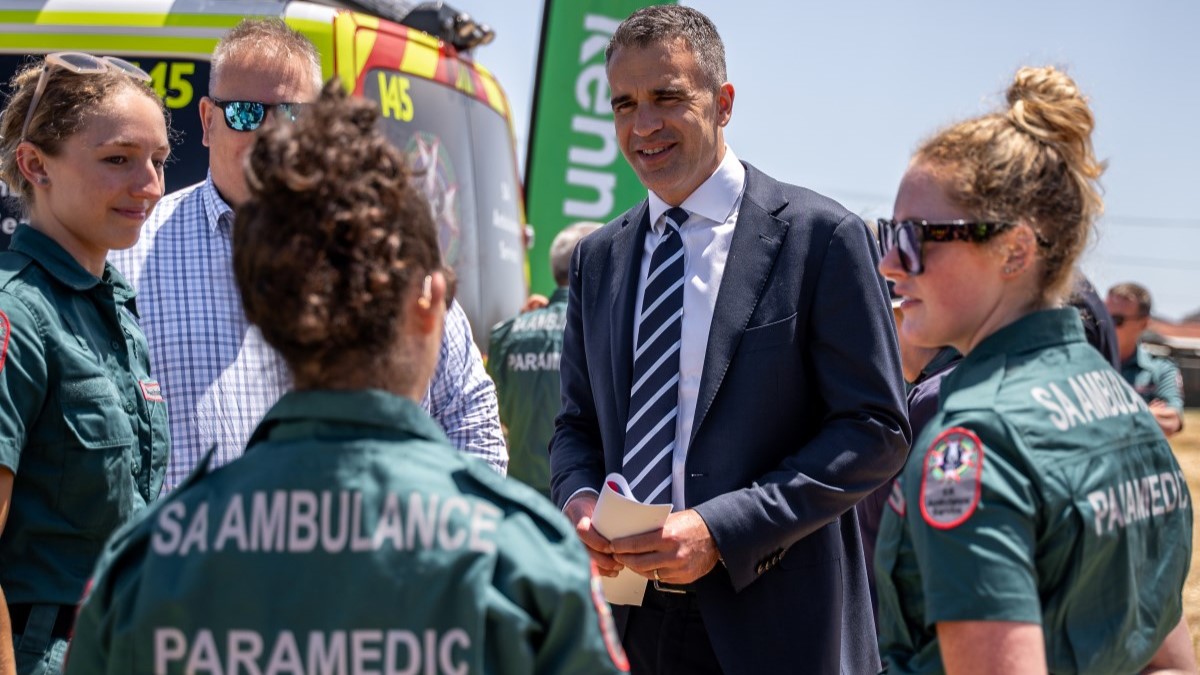In a significant development, South Australia has emerged as the leader in improving ambulance response times across Australia. According to the Productivity Commission’s latest national report card, the region has seen the most substantial advancements in this critical area over the past year.
The Report on Government Services 2022-2023, released recently, highlights a remarkable 22 per cent improvement in average ambulance response times in metropolitan Adelaide. Under the first year of Labor’s governance, the SA Ambulance Service (SAAS) responded to 90 per cent of all incidents within 55.6 minutes, a substantial reduction from the previous 71.3 minutes.
Chris Picton, Minister for Health and Well-being, commented on these improvements.
‘It’s welcome to see improvements in ambulance response times in our first year, which we know are a direct result of our investments in our ambulance service. Now, thanks to the investments the Malinauskas Labor Government has made, there’s a two in three chance the ambulance will arrive on time.’
This achievement is particularly noteworthy given that SAAS dealt with a 3.1 per cent increase in Triple Zero (000) calls. Moreover, the rate of calls answered within 10 seconds rose to 95.5 per cent, marking the state’s best performance in a decade.
The Malinauskas Labor Government has significantly invested in SAAS, contributing an additional $109.9 million in 2022-23. This contrasts with the previous government’s $13 million cut in the first two years. The current administration has added over 170 new ambos and more than 550 front-line staff.
Even more recent data from December 2023 indicates continued improvement, with the highest percentage of Priority 1 and 2 cases seen on time in three years.
However, the report also sheds light on the ongoing national crisis in primary health care, exerting extra pressure on hospitals. South Australia experienced a high rate of people waiting over 24 hours for a GP appointment for urgent medical care, with 55.8 per cent in 2022-23, up from 45 per cent in the previous year.
Federal government expenditure on GPs in SA saw a decrease, contributing to an increased rate of people delaying or avoiding GP visits due to cost. This, in turn, has led to a rise in potentially avoidable GP-type presentations in emergency departments, with South Australia being the only state to witness an increase.
‘We also must continue our work with the Federal Government on national health reform given this report spells out clearly the impact of the shortage of GPs and aged care on the health system in South Australia’, says Picton.
The state also faces the longest wait times in the country for aged care beds and home care packages, impacting hospital bed availability and contributing to bed blockages.
SAAS Chief Executive Officer Rob Elliott expressed pride in the staff’s efforts.
‘Every day, our staff strive to provide exceptional and timely emergency care to their communities. I am incredibly proud of their efforts and the hard work that they have put in to achieve such a significant turnaround.’
Picton also emphasised the ongoing efforts in rebuilding the health system, hiring additional health professionals, and developing critical infrastructure.






















